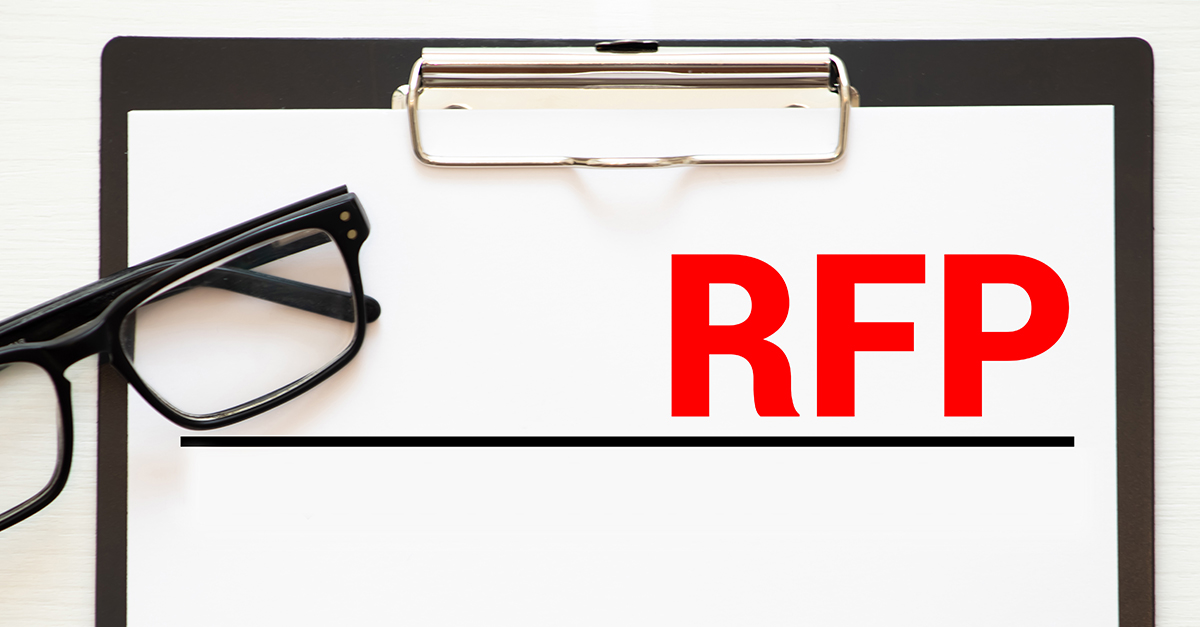Too often, when building service contractors (BSCs) submit a proposal, there is nothing to differentiate it from its competitors. Even the company descriptions seem interchangeable. When all bids appear the same, price will prove the deciding factor.
Good proposals take time. If you are a BSC that wants to win more business, you need to produce detailed, client-specific proposals. You need to start the process before the bid is released, investing research time to uncover important components that typically are not included in a proposal but will make yours stand out. If you are unwilling to put the time into submitting the
proposal—don’t bother bidding. Your time can be much better spent.
Let’s examine what constitutes a good proposal by first taking a brief look at what to consider when deciding whether to respond to a potential client’s “request for proposal” (RFP).
When to pass on submitting a proposal
Don’t waste valuable time on RFPs that don’t make sense for you. This includes RFPs:
- That don’t fit your niche, strategies, and values
- For which you lack the necessary experience and expertise
- You have a low likelihood of winning
- With a low profit margin
- That overload your capabilities and divert necessary time and resources away from your current, most profitable customers
- That are unclear, have unrealistic requirements, or provide insufficient time for you to prepare the bid
- That provide unfavorable terms and conditions don’t provide you with the opportunity to have a relationship with the company or key decision-makers.
This last point surprises some BSCs, but think about it. How likely are you to sign a contract and spend considerable money with a stranger? Clients are no different. If you plan on bidding on
an RFP, you need to do some preliminary work. This includes familiarizing yourself with the facility and establishing relationships with the key decision-maker(s). If an in-person meeting
is not possible, try connecting with key staff and commenting on their LinkedIn, Twitter, or Instagram posts or using other social media marketing tactics. This process should begin months or even years before the RFP is released.
Ready, set, research
Now that we have determined when not to bother submitting a proposal, let’s look at the components necessary to win the RFPs that are a good fit for your company.
To submit a successful proposal, as already indicated, the first step is to do some research. Find answers to the following questions:
- Who are the key decision-makers and influencers, and what are their root desires and wants?
- Which company cleans the facility now? What are its strengths and weaknesses? How is it performing currently? Are there any deficiencies in its performance?
- Which competitors are likely to submit bids? How do they differentiate themselves? How is your business different from theirs?
Creating a successful proposal
Once your research is complete, you must communicate clearly and compellingly how your team can best address the needs and wants of the decision-makers and successfully resolve any issues the client is currently experiencing. What you submit cannot be a quick refresh of a canned proposal. Don’t fool yourself into thinking potential clients won’t recognize a cut-and-paste job that might use dated language and fails to address their specific questions, needs, and desires. To succeed, your proposal must be tailored to the client’s particular needs.
Consider the suggestions below:
Before you start
- Read the RFP carefully to get a thorough understanding of all requirements and expectations. Refrain from assuming; be sure to ask for clarification of anything that is unclear.
- Allocate the time necessary to complete your proposal, so you are not rushing to complete it at the last minute.
Writing the proposal
- Avoid too much sales and marketing hype; use straightforward, easy-to-understand wording.
- Demonstrate a clear understanding of the potential client’s current situation and the RFP, and address the key problem(s) you will solve.
- Emphasize your strengths, experience, track record, and expertise with the specific type of facility and the decision-makers’ needs and wants.
- Offer unique and compelling solutions that differentiate your company from your competitors. What will you provide that the others will not?
- Be as specific as possible. For example, rather than say, “We will take care of any issues,” paint a clear picture of what measures you will take to ensure the restrooms are clean and orderly.
- Explain the quality assurance program you will use to verify and report your results and validate that their needs are being met.
- Include credible and relevant testimonials and/or case studies to support your claims.
- Outline potential risks or challenges, such as labor and supply chain issues, and provide your mitigation strategies.
Final—but vital—steps
- Add an appendix for auxiliary information not required by the RFP, such as brochures, company history, or detailed team bios.
- Ensure your proposal is well structured, visually appealing, and easy to read. Make it interesting and easy to read by using short paragraphs, subheads, bullet points, and exciting— but relevant—graphics. If you are not a great writer or designer, get help.
- Provide a one- or two-page executive summary that illustrates your understanding of the customer’s unique situation and how your proposal will best meet their needs.
- Proofread all copy.
- Ask someone you trust outside your company to provide honest feedback on how your proposal reads. Your proposal needs to be clear and compelling to the potential client, not just to you and your company.
- Submit the completed proposal on time and send a follow-up to confirm delivery.
If you do not win the bid, request a debrief meeting in person, if possible, to obtain feedback. Ask specific questions, such as why the other company was selected over yours, whether the client was impressed with your proposal, and where you could have been more convincing. This feedback can prove invaluable when developing your next proposal.




